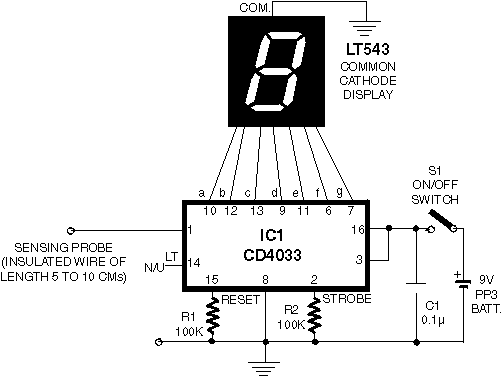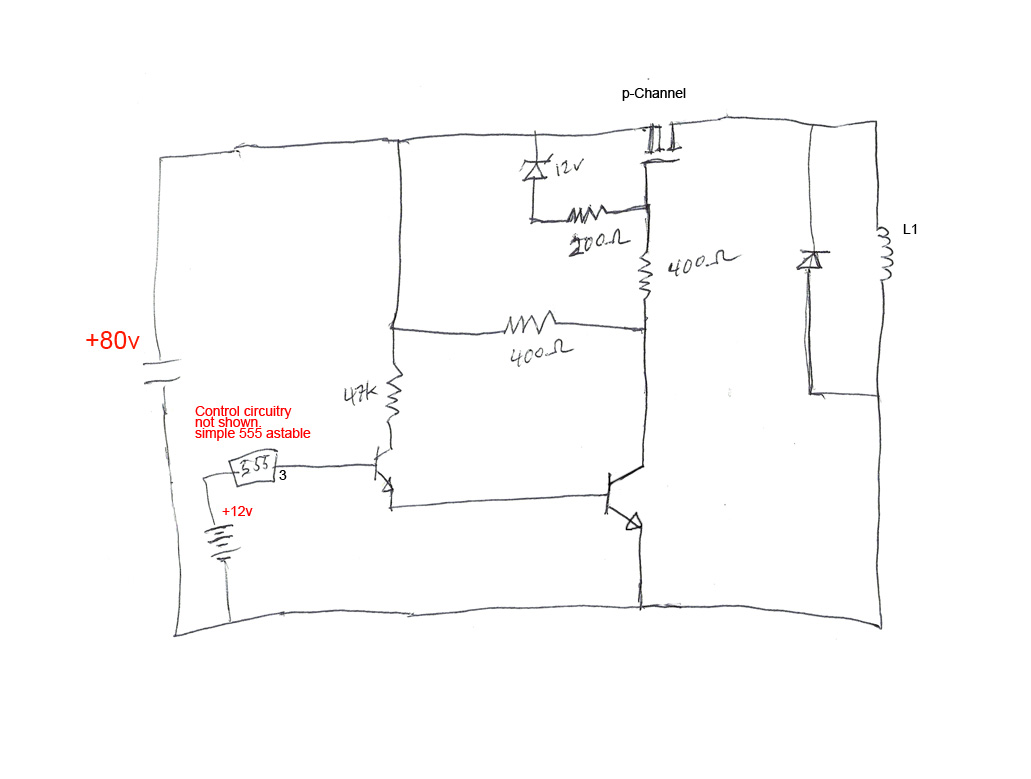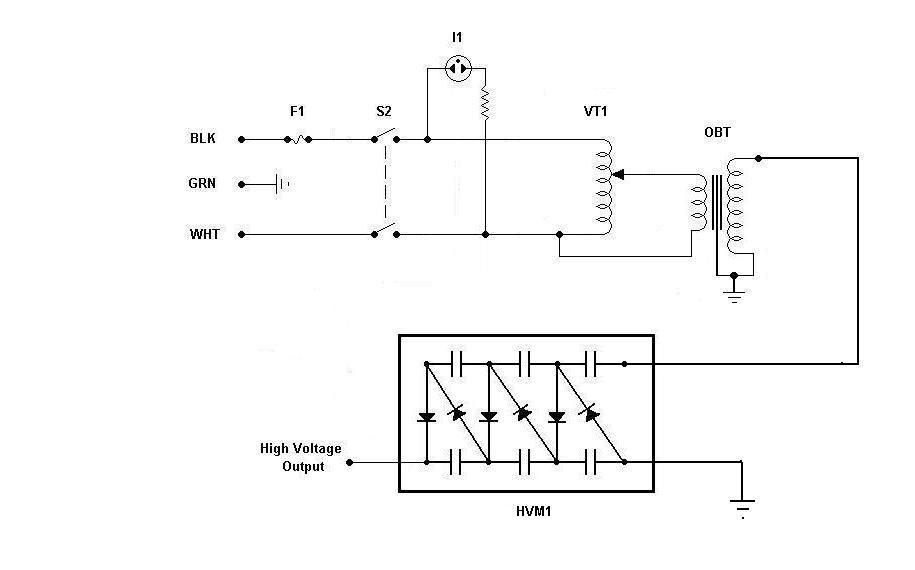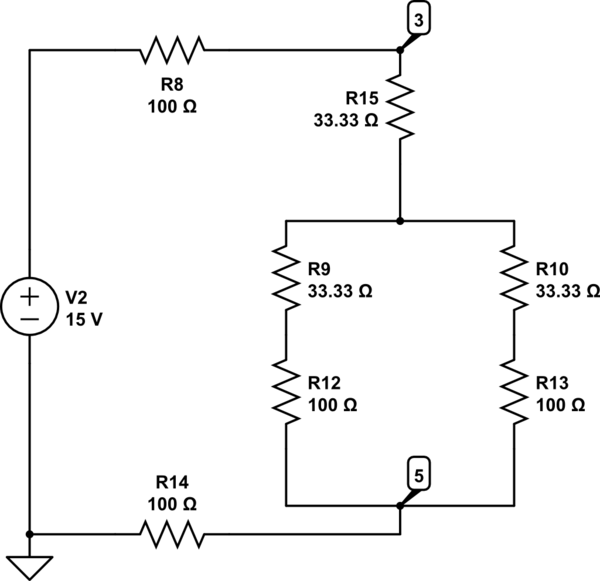
Negative Auxiliary Voltage
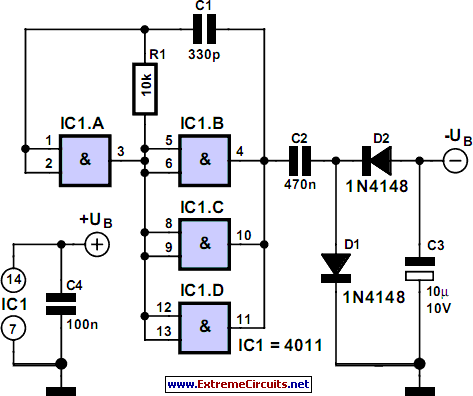
Some circuits require a negative supply voltage that only needs to deliver a small current. Providing a separate transformer winding for this purpose, potentially with a rectifier and filter capacitor, would be an extravagant solution. An alternative approach involves utilizing a few gates and several passive components. The combination of gate IC1a and the other three gates, configured in parallel, creates a square-wave generator. Diodes D1 and D2 convert the AC voltage into a DC voltage. Since a CMOS IC is employed in this design, the load on the negative output is restricted to a few milliamperes, depending on the positive supply voltage. Despite having three gates connected in parallel, the negative voltage generated is nearly equal in magnitude to the positive input voltage but with an opposite polarity. If a clock signal within the range of 10 to 50 kHz is available, it can be connected to the input of IC1a, allowing for the omission of resistors R1 and capacitor C1.
The described circuit provides a practical solution for generating a negative supply voltage from a positive voltage source without the need for bulky transformers and rectifiers. The use of CMOS technology not only ensures low power consumption but also allows for a compact design. The square-wave generator formed by the gates produces an alternating signal that is subsequently rectified by diodes D1 and D2. The rectification process converts the AC signal into a usable DC voltage, suitable for powering low-current applications.
The voltage output characteristics indicate that the negative voltage is effectively mirrored to the positive voltage, thus allowing the circuit to function in applications where a negative supply is necessary, such as in operational amplifiers or certain digital circuits. The design's flexibility is enhanced by the ability to connect an external clock signal, which can facilitate synchronization with other circuit components or systems. This feature may simplify the overall design by eliminating additional passive components, thereby reducing the total component count and improving reliability.
In summary, this circuit design is an efficient and economical approach to generating a negative voltage supply, suitable for low-current applications, while maintaining simplicity and ease of integration into existing systems.Some circuits need a negative supply voltage that only has to supply a small current. Providing a separate transformer winding for this (possibly even with a rectifier and filter capacitor) would be a rather extravagant solution. It can also be done using a few gates and several passive components. The combination of gate IC1a and the other three gates (wired in parallel) forms a square-wave generator. D1 and D2 convert the ac voltage into a dc voltage. As a CMOS IC is used here, the load on the negative output is limited to a few milliampG¨res, depending on the positive supply voltage (see chart), despite the fact that three gates are connected in parallel. However, as the figure shows, the negative voltage has almost the same magnitude as the positive input voltage, but with the opposite sign.
If a clock signal in the range of 10 50 kHz is available, it can be connected to the input of IC1a, and R1 and C1 can then be omitted. 🔗 External reference
The described circuit provides a practical solution for generating a negative supply voltage from a positive voltage source without the need for bulky transformers and rectifiers. The use of CMOS technology not only ensures low power consumption but also allows for a compact design. The square-wave generator formed by the gates produces an alternating signal that is subsequently rectified by diodes D1 and D2. The rectification process converts the AC signal into a usable DC voltage, suitable for powering low-current applications.
The voltage output characteristics indicate that the negative voltage is effectively mirrored to the positive voltage, thus allowing the circuit to function in applications where a negative supply is necessary, such as in operational amplifiers or certain digital circuits. The design's flexibility is enhanced by the ability to connect an external clock signal, which can facilitate synchronization with other circuit components or systems. This feature may simplify the overall design by eliminating additional passive components, thereby reducing the total component count and improving reliability.
In summary, this circuit design is an efficient and economical approach to generating a negative voltage supply, suitable for low-current applications, while maintaining simplicity and ease of integration into existing systems.Some circuits need a negative supply voltage that only has to supply a small current. Providing a separate transformer winding for this (possibly even with a rectifier and filter capacitor) would be a rather extravagant solution. It can also be done using a few gates and several passive components. The combination of gate IC1a and the other three gates (wired in parallel) forms a square-wave generator. D1 and D2 convert the ac voltage into a dc voltage. As a CMOS IC is used here, the load on the negative output is limited to a few milliampG¨res, depending on the positive supply voltage (see chart), despite the fact that three gates are connected in parallel. However, as the figure shows, the negative voltage has almost the same magnitude as the positive input voltage, but with the opposite sign.
If a clock signal in the range of 10 50 kHz is available, it can be connected to the input of IC1a, and R1 and C1 can then be omitted. 🔗 External reference

